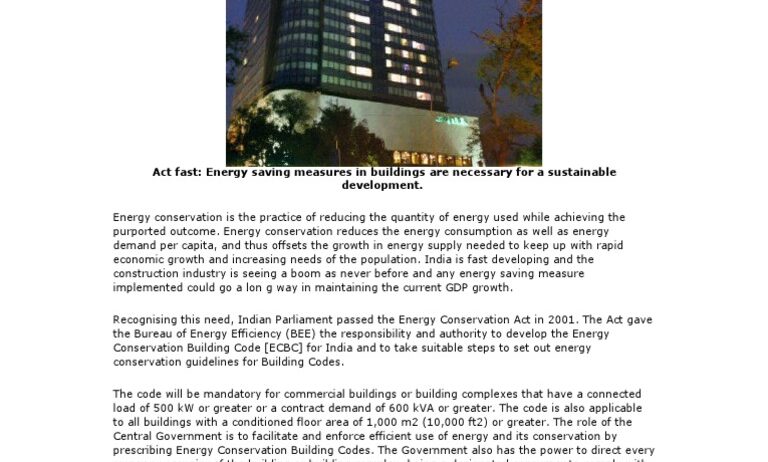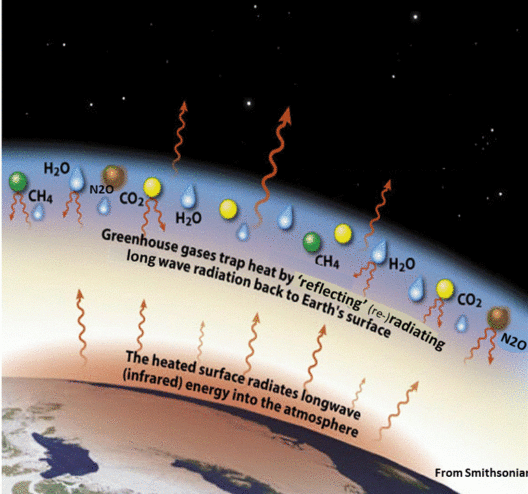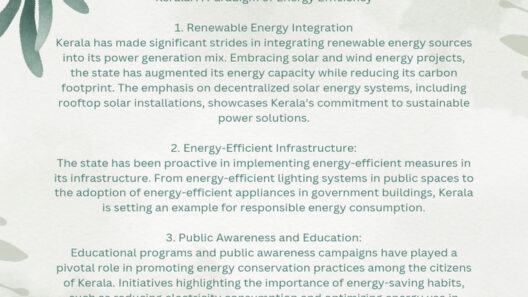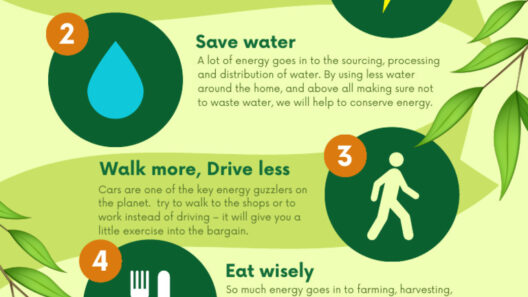The Energy Conservation Building Code (ECBC) is a pivotal framework designed to promote energy efficiency in the construction and renovation of buildings. With the ever-increasing threats posed by climate change and urbanization, energy conservation in the built environment has become imperative. This code affirms a commitment to reducing energy consumption while enhancing occupant comfort and minimizing environmental impact.
At the heart of the ECBC is the intention to standardize energy efficiency practices across various types of buildings—residential, commercial, and institutional. By establishing minimum energy performance standards, the ECBC expects to mitigate the adverse effects of excessive energy use, which culminates in greenhouse gas emissions and other pollutants.
So, what exactly does the Energy Conservation Building Code entail? The ECBC encompasses a comprehensive set of criteria that address different aspects of energy consumption within buildings. These include the building envelope, HVAC systems, lighting, and overall design strategies. By focusing on these elements, the code ensures that energy efficiency considerations are integrated at every stage of building design and construction.
One of the main aspects emphasized by the ECBC is the building envelope, which includes walls, roofs, and foundations. A well-insulated and airtight building envelope reduces the need for heating and cooling, thereby conserving energy. The use of thermal massing, reflective roofing materials, and advanced insulation techniques are integral components that contribute to energy efficiency. Buildings designed with high-performance glazing—like Low-E coatings—further mitigate heat gain and loss, ensuring occupants experience optimal comfort.
A crucial element of energy conservation in buildings is the heating, ventilation, and air conditioning (HVAC) systems. The ECBC specifies efficiency standards for these systems, urging the adoption of technologies that consume less energy while effectively regulating indoor climates. The integration of variable refrigerant flow (VRF) systems, energy recovery ventilators (ERVs), and high-efficiency furnaces serve to maximize HVAC performance. Employing smart controls and thermostats enhances the responsiveness of these systems, optimizing their operation based on real-time data.
Lighting is another domain where the ECBC catalyzes substantial energy savings. The code encourages the use of energy-efficient fixtures, such as LED lighting, which have a significantly longer lifespan and lower energy consumption compared to traditional incandescent bulbs. Moreover, the inclusion of daylighting strategies—utilizing natural light to minimize reliance on artificial lighting—has been emphasized. Strategically placed windows and skylights, coupled with light shelves and reflective surfaces, can dramatically reduce energy use while enhancing the aesthetic appeal of interiors.
The ECBC also promotes the integration of renewable energy technologies. It encourages building owners and developers to assess the feasibility of incorporating solar panels, wind turbines, or geothermal systems into their designs. These renewable energy sources can diminish a building’s dependency on fossil fuels, facilitating a more sustainable energy portfolio. By investing in renewables, buildings can not only achieve energy self-sufficiency but also contribute to grid resilience.
An often overlooked aspect of the ECBC is the emphasis on energy management and maintenance practices. Properly maintaining HVAC systems, water heaters, and other energy-consuming appliances can play a considerable role in upholding efficiency standards. Regular diagnostics and optimizations can avert energy wastage and prolong the life of equipment, underscoring the importance of systemic maintenance protocols.
Environmental awareness and energy conservation efforts are not confined to the technical specifications of the ECBC. The code also promotes occupant education and engagement, recognizing that user behavior significantly influences energy performance. Initiatives such as awareness campaigns and training programs can foster energy-conscious habits among occupants, enabling them to contribute actively to conservation efforts.
Compliance with the ECBC is not merely a regulatory requirement; it is also a strategic business decision. Buildings that adhere to the energy conservation standards often realize significant reductions in operational costs, thus improving their financial viability. Lower energy bills translate to enhanced cash flow, making energy efficiency a cornerstone of economic sustainability.
Moreover, buildings that prioritize energy conservation can enhance their marketability and desirability. As environmental consciousness permeates public sentiment, consumers are increasingly inclined to favor energy-efficient buildings. Certification through various energy performance programs—such as LEED (Leadership in Energy and Environmental Design)—can elevate a building’s status and appeal, providing a competitive edge in the marketplace.
In summary, the Energy Conservation Building Code represents a comprehensive blueprint for maximizing energy efficiency in the built environment. By delineating requirements for various building components—including the envelope, HVAC systems, lighting, and renewable energy integration—the ECBC fosters sustainable building practices that are essential for combating climate change. Furthermore, by transcending mere compliance through occupant engagement and ongoing maintenance, the code enhances energy-saving efforts that resonate beyond the structural framework. Adopting the principles encapsulated in the ECBC is not merely an act of regulatory obligation; it is a proactive step toward a sustainable future, benefitting both the economy and the planet.






